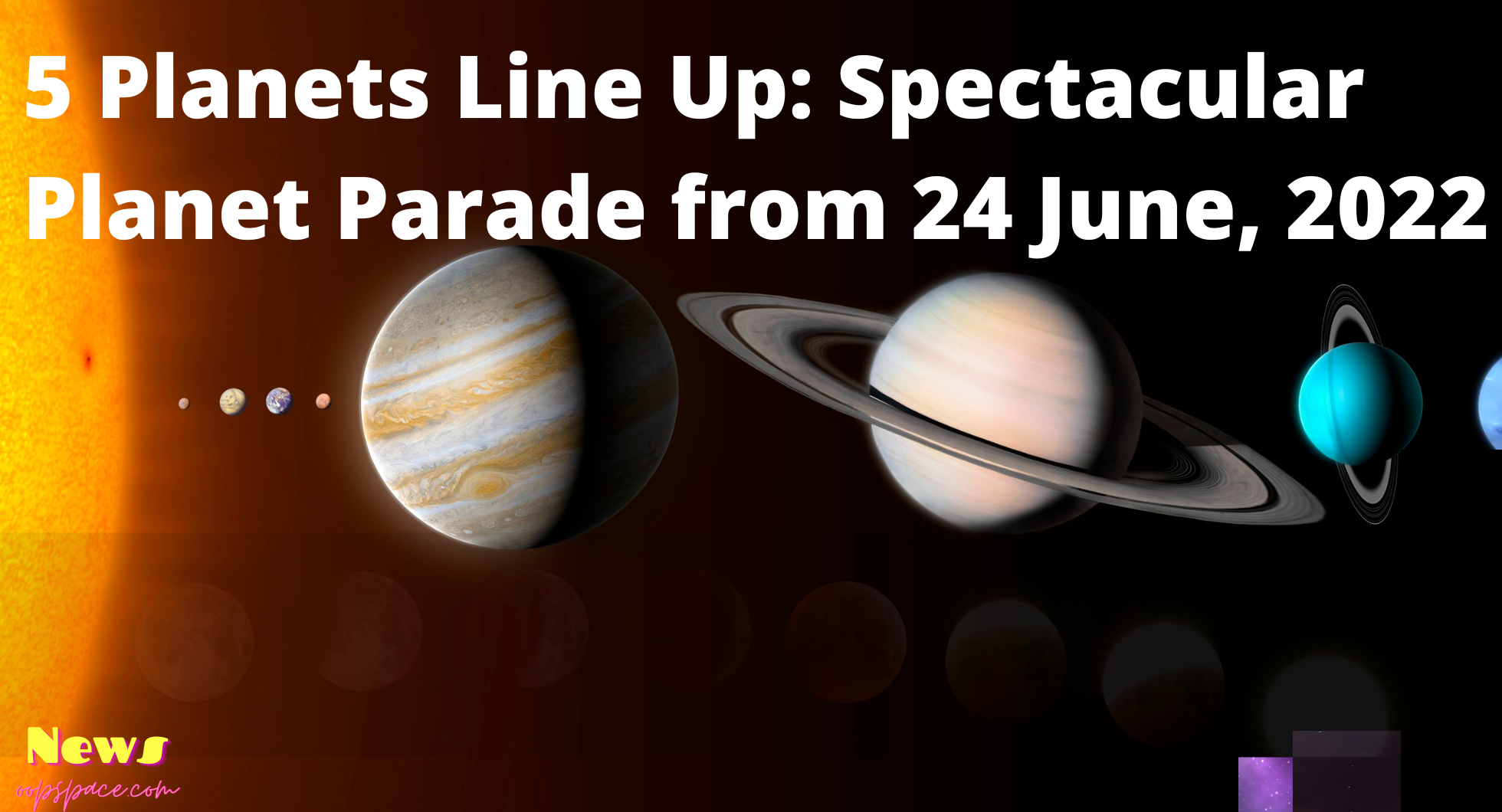Enjoy the last chance to see total lunar eclipse until 2025! Here’s how to observe
After a couple of weeks in which we welcomed a partial solar eclipse on October 25, a total lunar eclipse is preparing to take place on Tuesday, November 8.
This total lunar eclipse is a rare sight for skywatchers because the Moon will take on a reddish-copper hue, earning it the moniker “Blood Moon.” In addition, while this is the second and last such occurrence of this year, we, according to NASA, won’t be witnessing another Total Lunar Eclipse until 2025.
Total Lunar Eclipse
When the Sun, Earth and Moon come together in one straight line and the Earth casts a shadow on the Moon, a lunar eclipse occurs. The Earth’s shadow is classified into two parts: the umbra and penumbra. The umbra refers to the situation when the innermost part of the shadow is completely blocked from direct light from the sun. And the penumbra when the outermost part of the shadow where the light is partially blocked.
Simply put, when the Moon and the Sun are on opposite sides of the Earth, lunar eclipse takes place.

Credits: NASA/Michoud Assembly Facility
And if you’re wondering why lunar eclipses don’t occur every month since the Moon orbits Earth every 27 days, It’s because the Moon’s orbit is tilted five degrees from Earth’s orbit around the Sun. That’s why most of the time the Moon passes above or below the shadow. Lunar eclipses would occur every month without the tilt.
Moon appears red?
The phenomenon that the moon appears red is credited to the theory of 19th-century British Physicist Lord Rayleigh. According to the theory, it occurs when light from the Sun collides with the gases in the Earth’s atmosphere. Because of its shorter wavelength, blue light gets filtered out, whereas red light is not easily scattered owing to its longer wavelength.
As a result, some of that red light is refracted or bent as it passes through Earth’s atmosphere and ends up shining on the Moon with a wonderful red light. To put it differently, atmospheric conditions on Earth can influence the degree of redness of a fully eclipsed Moon.
Where can we witness the Blood Moon from?
The total lunar eclipse will be visible from Iceland, parts of South America, Central Asia, and Russia.
Being visible from all parts of India at moonrise, viewing the total lunar eclipse can be entertaining for those who enjoy stargazing as they can observe the reddish color of the Blood Moon when it’s a Total Lunar Eclipse and the subsequent progression throughout the eclipse.
Although you can view the Blood moon with your naked eyes, as NASA says, you’d better use a pair of binoculars or a telescope for a better experience.
The eclipse will begin at 4:10 a.m. EST (0810 GMT) and end at approximately 7:49 a.m. EDT (1149 GMT).
Auto Amazon Links: No products found.


